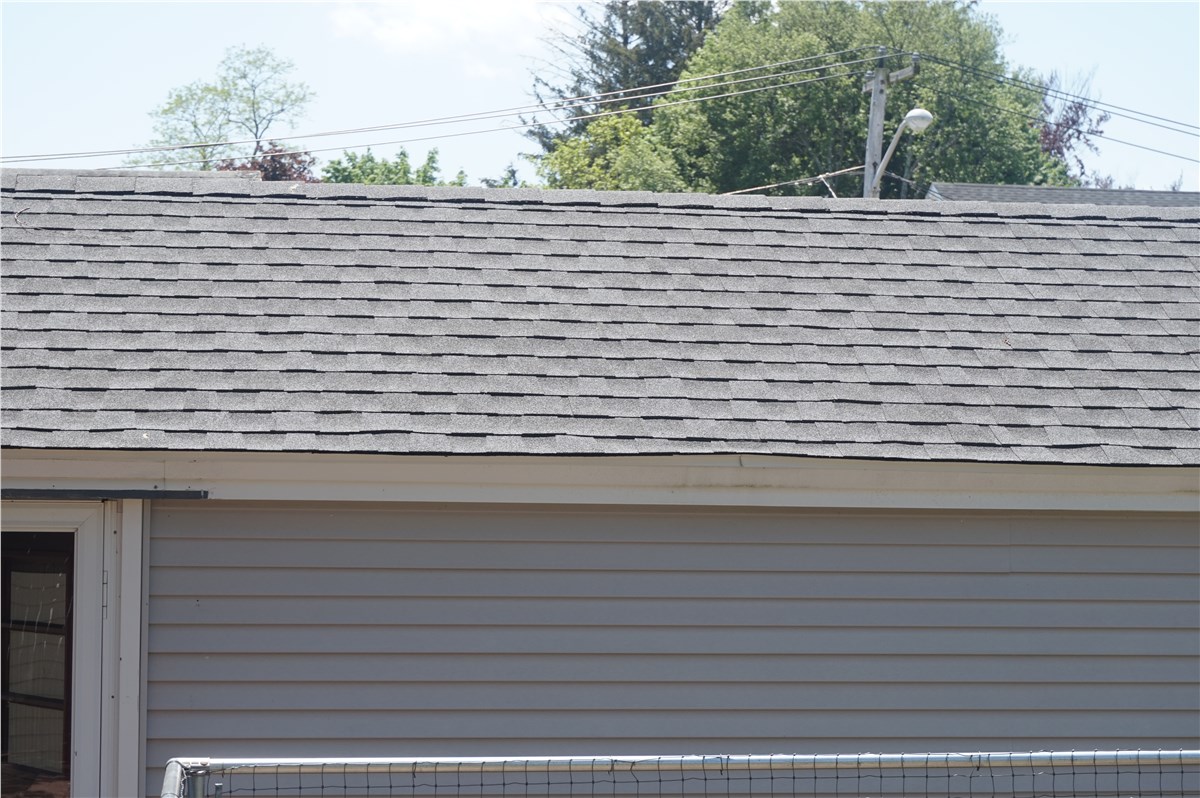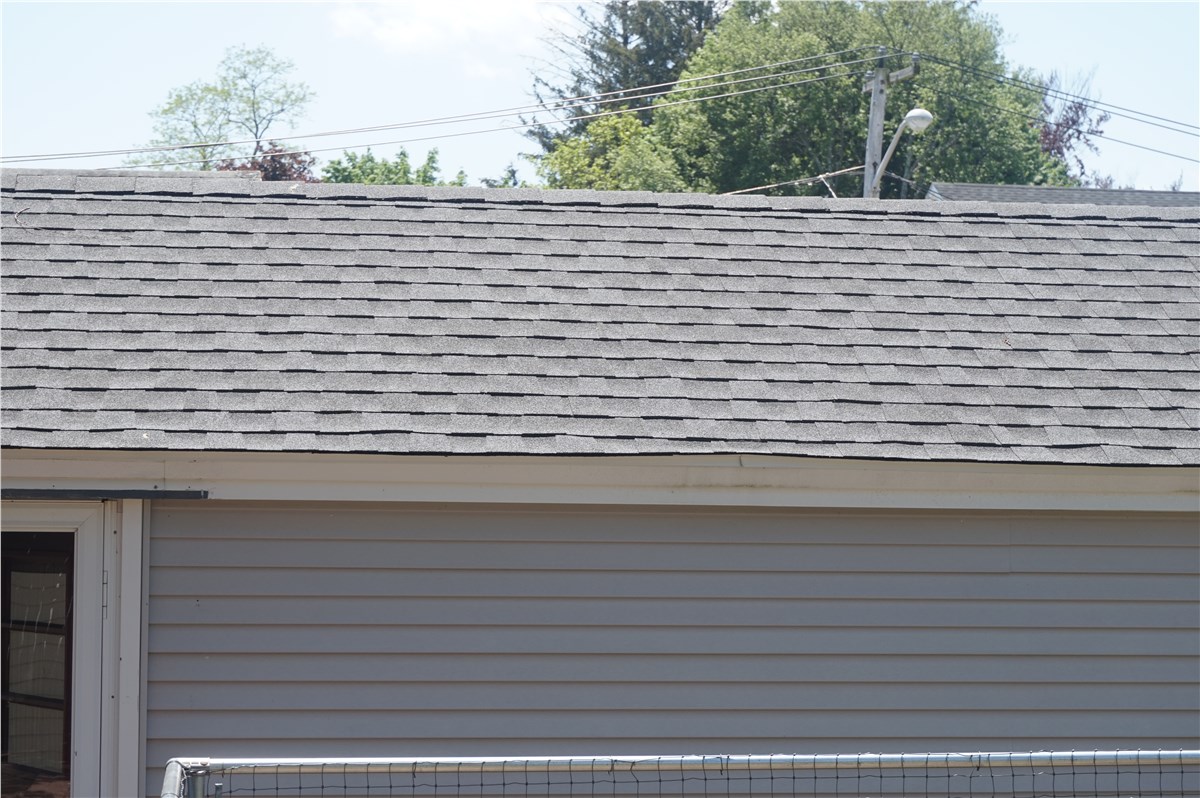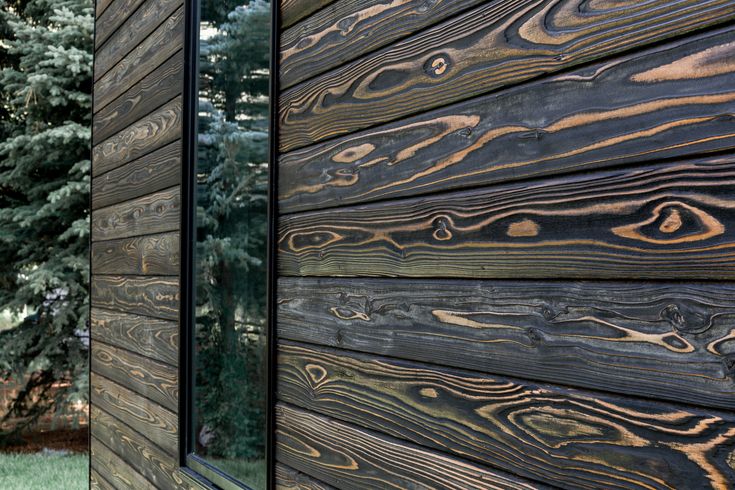Finding Reliable Exterior Siding Installers Near Me
As exterior siding installers near me take the spotlight, this opening passage invites readers into a realm of expertise, ensuring an informative and engaging read.
The following paragraph will delve into the intricacies of the topic, providing a comprehensive overview.
Researching Exterior Siding Installers
When looking for reputable exterior siding installers in your area, it is essential to conduct thorough research to ensure you hire the best professionals for the job. Here are some key factors to consider and tips for reading reviews and testimonials:
Conducting a Search
To find exterior siding installers near you, start by searching online using search engines or local business directories. You can also ask for recommendations from friends, family, or neighbors who have recently had siding work done. Make a list of potential installers and check their websites for more information about their services and experience.
Key Factors to Consider
Licensing and insurance
Ensure the installer is licensed and insured to protect yourself in case of any accidents or damages during the installation process.
Experience and expertise
Look for installers with a proven track record and experience in installing a variety of siding materials.
Pricing and quotes
Get multiple quotes from different installers to compare prices and services offered. Be wary of unusually low prices, as they may indicate subpar workmanship.
Warranty and guarantees
Choose installers that offer warranties on their work to ensure you are covered in case of any issues after the installation is complete.
Reading Reviews and Testimonials
When reading reviews and testimonials, pay attention to recurring themes or issues mentioned by previous customers. Look for installers with mostly positive reviews and high ratings. Keep in mind that a few negative reviews are normal, but if there are consistent complaints about the same issue, it may be a red flag.
Additionally, consider reaching out to past customers directly for more insight into the quality of the installer's work.
Types of Exterior Siding Materials
When it comes to choosing the right exterior siding for your home, there are various materials available in the market. Each type of siding material offers unique benefits in terms of durability, maintenance requirements, and aesthetic appeal.
Vinyl Siding
Vinyl siding is a popular choice due to its affordability, versatility, and low maintenance requirements. It is durable, resistant to rot and insects, and comes in a wide range of colors and styles to suit any home design.
Wood Siding
Wood siding offers a classic and natural look to homes, but it requires more maintenance compared to other materials. Regular painting or staining is necessary to protect wood siding from weather damage and rot. However, wood siding can add warmth and character to a home's exterior.
Fiber Cement Siding
Fiber cement siding is known for its durability and resistance to fire, moisture, and pests. It can mimic the look of wood or stucco without the high maintenance requirements. Fiber cement siding is a long-lasting option that can withstand harsh weather conditions.
Stucco Siding
Stucco siding provides a unique and textured finish to homes, adding visual interest and curb appeal. It is a durable material that can last for many years with minimal maintenance. Stucco is versatile in terms of design and can be customized to achieve different architectural styles.
Cost Estimation and Budgeting
When it comes to exterior siding installation, understanding the cost involved and budgeting accordingly is crucial to ensure a successful project. Factors such as materials, labor, and additional services can influence the overall cost. Here, we will delve into these factors and provide tips on how to budget effectively for your exterior siding installation project.
Factors Influencing Cost
- The type of siding material chosen: Different materials come with varying price points, with options like vinyl, wood, fiber cement, and metal siding each having their own cost implications.
- Size and complexity of the project: The size of your home, the number of stories, and any intricate designs or architectural details can impact the amount of material and labor required, thus affecting the cost.
- Additional services needed: Factors such as the removal of existing siding, insulation installation, trim work, and painting can add to the overall cost of the project.
- Local labor rates and market conditions: Labor costs can vary depending on location, demand, and the expertise of the siding installers.
Requesting Quotes
- Contact multiple siding installers: Reach out to several reputable siding installers in your area to obtain quotes for your project.
- Provide detailed project information: Be clear about the scope of work, desired materials, any additional services needed, and timelines to ensure accurate quotes.
- Compare quotes: Review and compare the quotes received, taking into account not only the total cost but also the services included and the quality of materials proposed.
Budgeting Tips
- Set a realistic budget: Determine how much you are willing to spend on your exterior siding installation project and stick to it to avoid overspending.
- Plan for unexpected costs: Factor in a buffer for unexpected expenses that may arise during the project to avoid going over budget.
- Prioritize essential elements: Allocate your budget to critical aspects of the project, such as high-quality materials and skilled labor, to ensure a durable and visually appealing result.
Hiring the Right Exterior Siding Installer
When it comes to selecting an exterior siding installer, it is crucial to vet and choose a reliable professional who can deliver quality work. Here are the steps involved in hiring the right siding installer and the key factors to consider during the selection process.
Checking Licenses, Insurance, and Warranties
Before hiring an exterior siding installer, it is essential to verify their licenses, insurance coverage, and warranties. These factors ensure that the installer is qualified, protected, and accountable for their work. Here is a checklist of questions to ask potential siding installers:
- Ask for proof of a valid contractor's license to ensure they are authorized to perform the work in your area.
- Verify that the installer carries liability insurance and workers' compensation coverage to protect you from any accidents or damages that may occur during the project.
- Inquire about warranties on both the materials and the installation work to ensure you are covered in case of any defects or issues after the project is completed.
- Request references from past clients and check online reviews to gauge the installer's reputation and the quality of their work.
- Discuss the project timeline, payment schedule, and communication process to ensure all expectations are clear from the beginning.
Preparing Your Home for Siding Installation
Before the siding installation begins, it is crucial for homeowners to properly prepare their home to ensure a smooth and successful process.
Significance of Proper Preparation
Proper preparation is essential to avoid any delays or issues during the siding installation. By taking the time to prepare your home, you can help the installers work efficiently and effectively, ultimately leading to a high-quality end result.
- Clean the Exterior: Make sure the exterior of your home is clean and free of any debris or obstacles that may hinder the installation process.
- Trim Trees and Shrubs: Trim back any trees or shrubs that are close to the exterior of your home to provide easy access for the installers.
- Remove Outdoor Decorations: Take down any outdoor decorations, such as lights or signs, that may be in the way of the siding installation.
- Clear Pathways: Ensure that pathways leading to the installation areas are clear and accessible for the installers to move around easily.
- Protect Plants and Landscaping: Cover any plants or landscaping near the installation areas to prevent damage during the process.
- Secure Pets: If you have pets, make sure they are secure and away from the installation areas to ensure their safety and prevent any disruptions.
Checklist of Tasks
Here is a checklist of tasks to complete to prepare your home for siding installation:
- Inspect the exterior of your home for any damage or issues that need to be addressed before installation.
- Clear the work area of any obstacles or items that may impede the installation process.
- Communicate with the siding installers about any specific requirements or preferences you may have for the installation.
- Plan for alternative parking arrangements if necessary to provide easy access for the installers.
- Ensure that all necessary permits and approvals are in place before the installation begins.
Understanding the Siding Installation Process
When it comes to installing exterior siding, there are several important steps that need to be followed to ensure a successful outcome. Proper insulation and weatherproofing are crucial aspects of the installation process, as they help protect your home from the elements and improve energy efficiency.
However, there are also common challenges that may arise during siding installation that need to be addressed promptly.
Typical Steps in the Siding Installation Process
- Removing the existing siding: The first step is to remove any old siding to prepare the surface for the new installation.
- Inspecting and repairing the underlying structure: It's important to check the underlying structure for any damage and make necessary repairs before installing the new siding.
- Installing insulation: Proper insulation helps improve energy efficiency and provides a barrier against moisture.
- Weatherproofing: This step involves ensuring that the siding is properly sealed to prevent water infiltration and protect against the elements.
- Installing the new siding: Finally, the new siding is installed according to the manufacturer's guidelines, ensuring a proper fit and finish.
Importance of Proper Insulation and Weatherproofing
Proper insulation and weatherproofing play a crucial role in the longevity and performance of your siding. Insulation helps regulate temperature and reduce energy costs, while weatherproofing protects your home from water damage, mold growth, and other issues. It's essential to pay attention to these aspects during installation to ensure the effectiveness of your siding.
Common Challenges During Siding Installation and How to Address Them
- Uneven surfaces: If the underlying structure is uneven, it can lead to gaps or bulges in the siding. Address this issue by leveling the surface before installation.
- Misaligned panels: Improperly aligned siding panels can affect the overall appearance and performance of the siding. Double-check measurements and ensure precise installation to avoid this issue.
- Mold and mildew growth: Moisture can seep behind the siding and lead to mold and mildew growth. Proper insulation and weatherproofing are crucial in preventing this issue.
- Poor ventilation: Inadequate ventilation behind the siding can trap moisture and lead to decay or rot. Ensure proper ventilation to maintain the integrity of your siding.
Maintenance and Care of Exterior Siding
Proper maintenance of your exterior siding is crucial to ensure its longevity and keep your home looking its best. By following a regular care routine, you can prevent damage and preserve the appearance of your siding for years to come.
Cleaning Different Types of Siding Materials
- For vinyl siding, use a mixture of water and mild detergent to scrub off dirt and grime. Avoid using harsh chemicals that can damage the material.
- Wood siding should be cleaned with a solution of water and mild soap, followed by a rinse with clean water. Be sure to inspect for mold or mildew growth and address it promptly.
- Fiber cement siding can be cleaned with a soft brush or cloth and a solution of water and mild detergent. Rinse thoroughly to prevent residue buildup.
- Metal siding may require occasional pressure washing to remove built-up dirt and debris. Be cautious not to use too high of a pressure to avoid denting the metal.
Importance of Regular Inspections and Repairs
Regular inspections of your exterior siding are essential to catch any issues early on and prevent further damage. Here are some key points to consider:
- Check for signs of water damage, such as rotting or warping, which can indicate leaks or poor drainage.
- Look for cracks or gaps in the siding that could allow pests or moisture to enter the structure of your home.
- Inspect the caulk and seals around windows, doors, and other openings to ensure they are intact and providing a proper barrier against the elements.
- Address any necessary repairs promptly to prevent larger issues from developing and to maintain the integrity of your siding.
Ending Remarks
Concluding this discussion in a captivating manner, the outro paragraph will offer a concise summary of the key points explored.
Questions Often Asked
How can I find reputable exterior siding installers near me?
You can start by asking for recommendations from friends or neighbors, checking online reviews, and verifying credentials before making a decision.
What are the key factors to consider when researching exterior siding installers?
Important factors include experience, reputation, pricing, licensing, insurance, and warranty offerings.
What types of exterior siding materials are commonly used?
Common options include vinyl, wood, fiber cement, and stucco, each with varying durability and maintenance requirements.
How can I estimate the cost and budget for an exterior siding installation project?
Factors like material costs, labor, additional services, and project scope influence the overall cost. Requesting quotes from multiple installers and budgeting accordingly can help.
What steps should I take to prepare my home for siding installation?
Tasks like clearing the work area, repairing any structural issues, and ensuring proper insulation are crucial before the installation process begins.


